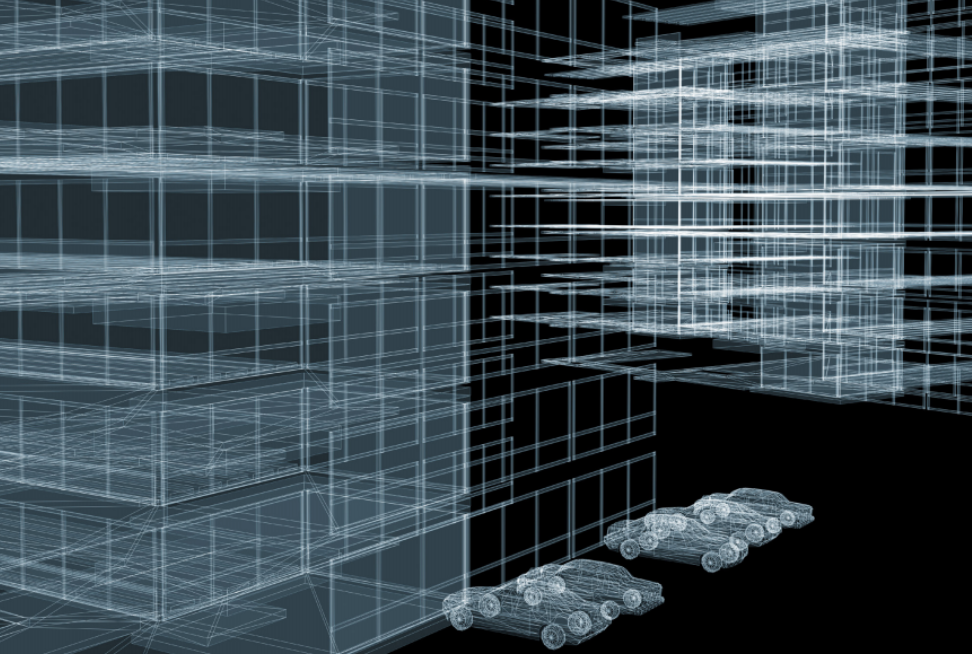Follow CONCERT on LinkedIn for more on the digital future of architecture.
Asite recently published a whitepaper called “Digital Twins: Weaving the Golden Thread.” It explains how digital twins create a connection between the physical and digital worlds, calls for a global digital framework to facilitate their implementation, and argues for openness of data to support effective communication across project lifecycles. It also includes case studies about the Centre for Digital Built Britain and the Digital Twin Consortium, two organizations that are working to promote the adoption of digital twins.
You can read the full discussion here. Here are three key points it makes:
The “Golden Thread” Ensures Collaboration
An idea originally floated in 2018 by the Hackitt Report that looked into the Grenfell apartment disaster in the UK, the golden thread refers to the unbroken chain of accurate information needed for any project. Digital twins require accurate sensor-gathered data about a physical entity, including metadata, condition and state data, event data, and analytics. The golden thread concept hinges on implementing formal ways to maintain digital information, and ensure accuracy, accessibility, and security so that systems can collaborate and interoperate.
Interoperability is Necessary
A global digital framework, which establishes systems for using, maintaining, and sharing data, would help support interoperability standards. This framework will work best if industries adopt an open and collaborative culture that embraces data sharing. Standardized data, shared freely, supports a project’s success, and allows the creation and maintenance of its digital twin.
Digital Twins Becoming a Norm
Digital twins are becoming a norm across industries, from built environment applications like housing and cities, to manufacturing, retail, logistics, and healthcare. In each of these, digital twins let decision makers monitor conditions in real time, as well as simulate scenarios, improve on processes, and even test new procedures without causing real-world impact. Their true value lies in helping make better choices, because they let people “anticipate problems, simulate scenarios, and make decisions with unprecedented foresight.” Without open data, these improvements won’t be possible.
Follow CONCERT on LinkedIn for more on the digital future of architecture.





